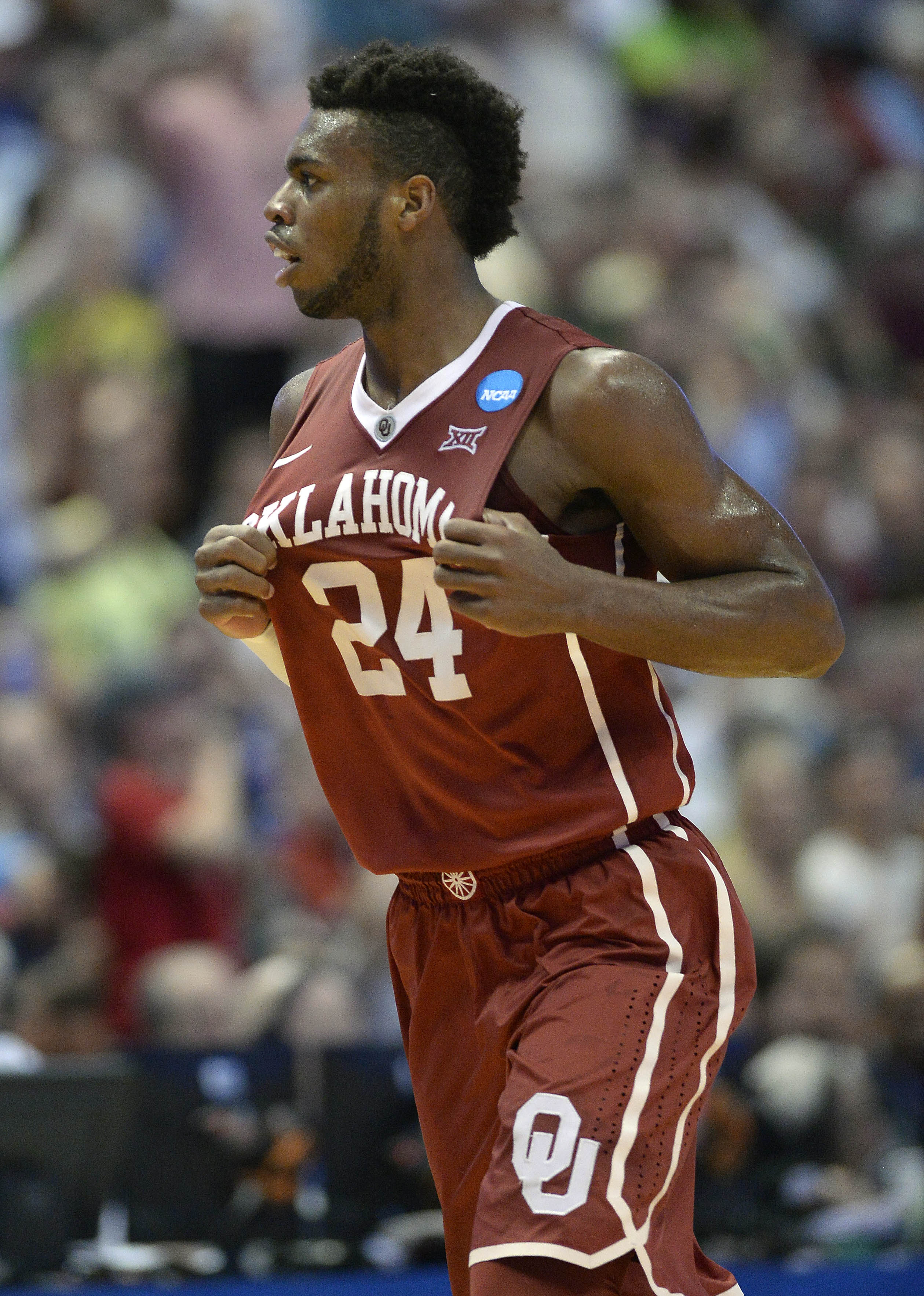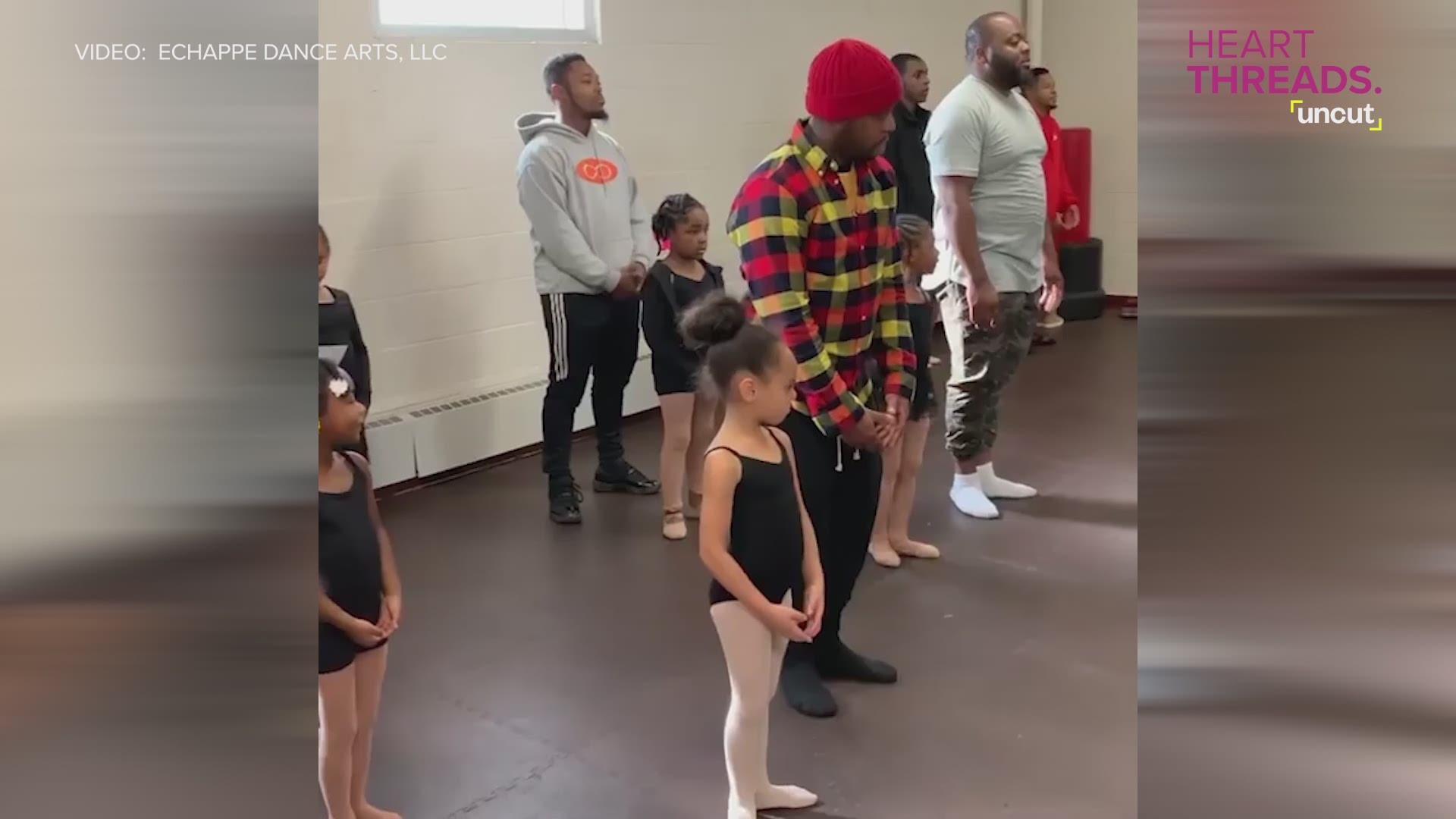ANAHEIM, Calif. — NCAA President Mark Emmert was marveling at what he’d just seen: Okahoma’s Buddy Hield had turned the basketball court at the Honda Center into a personal canvas, then painted a little masterpiece with a three-pointer that closed out the half against Oregon.
But in an interview with USA TODAY Sports, Emmert expressed concern for the hundreds of college players who are not Buddy Hield, yet still think they’re destined for the NBA.
“Nobody wants to burst anybody’s bubble,’’ Emmert said. “But on the one hand, there are 5,500 Division I men’s basketball players right now. The NBA draft takes, what, 60? Sixty out 5,500.
“So you don’t have to be a math major to figure out that’s a real low probability of success.’’
A larger problem, Emmert said, are the hundreds of underclassmen who think they’re their ready for the pros and dozens who give up to college eligibility only to learn they should have stayed in school. It’s not just a problem for the athletes, Emmert suggested, but a problem the NCAA must address.
“There’s not a single solution, of course,’’ he added, and he addressed two possible solutions:
1. PROVIDE THE BEST DATA
Providing athletes with the best data to help them decide if it’s in their best interest to give up their college eligibility and try to go pro is essential, according to Emmert. He said he thinks the NCAA is succeeding with its new collaboration with the NBA.
In years past, basketball players could not test the draft waters and retain their eligibility. Now 75 underclassmen will be invited to attended an NBA combine during which their draft status will be evaluated.
“We’re being more flexible and fair around the rules of what a student can do and come back,’’ Emmert said. “Let somebody go find out if they really are going to be an NBA player and if it doesn’t look right, then come back, finish college, play ball and come develop some more. Maybe you’ll get a chance, maybe you won’t. But let’s make sure you’re successful in life.’’
Emmert said he would like to see similar opportunities in other sports, but there’s no NBA-like combine option on the table for college football players despite conversations between Emmert and NFL commissioner Roger Goodell.
“Roger Goodell and I have talked about it a significant amount,’’ Emmert said, referring to underclassmen declaring for the NFL draft. “I know they’re concerned about the growing number of football players that are leaving at the end of their junior year with a pretty modest prospect of being drafted.
“I don’t know what we could work out with (the NFL) and our coaches and how we could make that work. But again, I think anything that gives students the most realistic sense, the most objective data they can get about whether it’s time to go or whether or not they’re really going to go, I think is good information for them.’’
2. DECREASE TIME DEMANDS
The NCAA and member universities are working on finding ways to reduce the time demands on athletes, Emmert said. Conceivably, that would mean more time to study and prepare for the possibility of a career should professional sports not be an option.
“The fundamental notion is that everybody’s gravitating toward is trying to find ways to provide real full days off for students,’’ Emmert said. “This was discussed at the (NCAA) convention, trying to find blocks in the day that are uninterrupted so that students can get good rest and recovery and down time. And then thirdly, trying to find some consecutive blocks of time when our students can take better advantage of education and they can find a way to do an internship or find a way to study aboard, find a way to take fuller advantage of programs that campuses offer.
“That’s what everybody wants.’’
Well, not everybody. In fact, that’s one of the challenges the NCAA faces while working with the athletes, according to Emmert.
“In many cases, they have been playing 12 months out of the year every waking spare moment outside of school since they were 12, right?’’ he said. “They come to college with that sort of expectation. And you can’t be a successful Division I athlete in any sport without being really competitive and a lot of them when you say, ‘Look, we want to keep you away from your sport for a couple of weeks,’ some of them think that sounds great and some of them think that sounds horrible.
“It depends on the student and the sport. But they all would like to have more time to relax, they’d like to have more time to be with their friends, they’d like to have a little more time to do schoolwork. They’d like to have more time, recognizing that the vast majority aren’t going to be professional athletes, to get ready for a career after sports.’’


